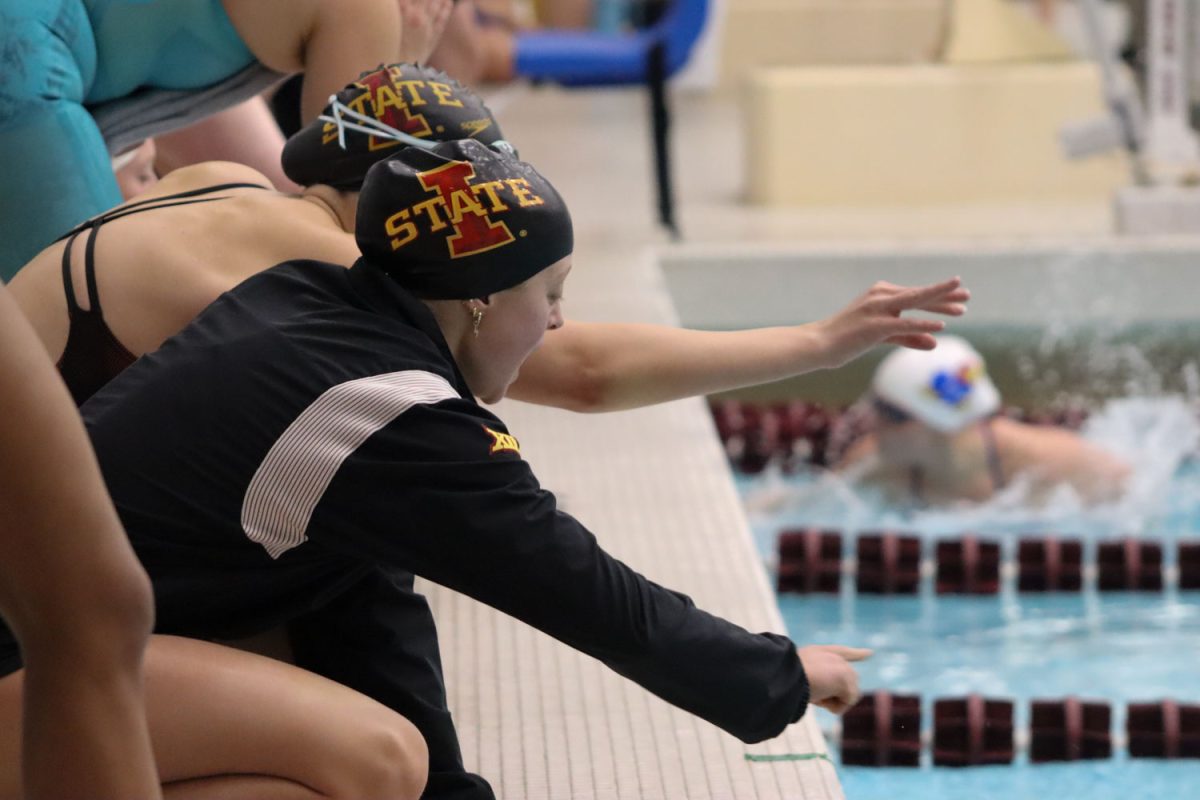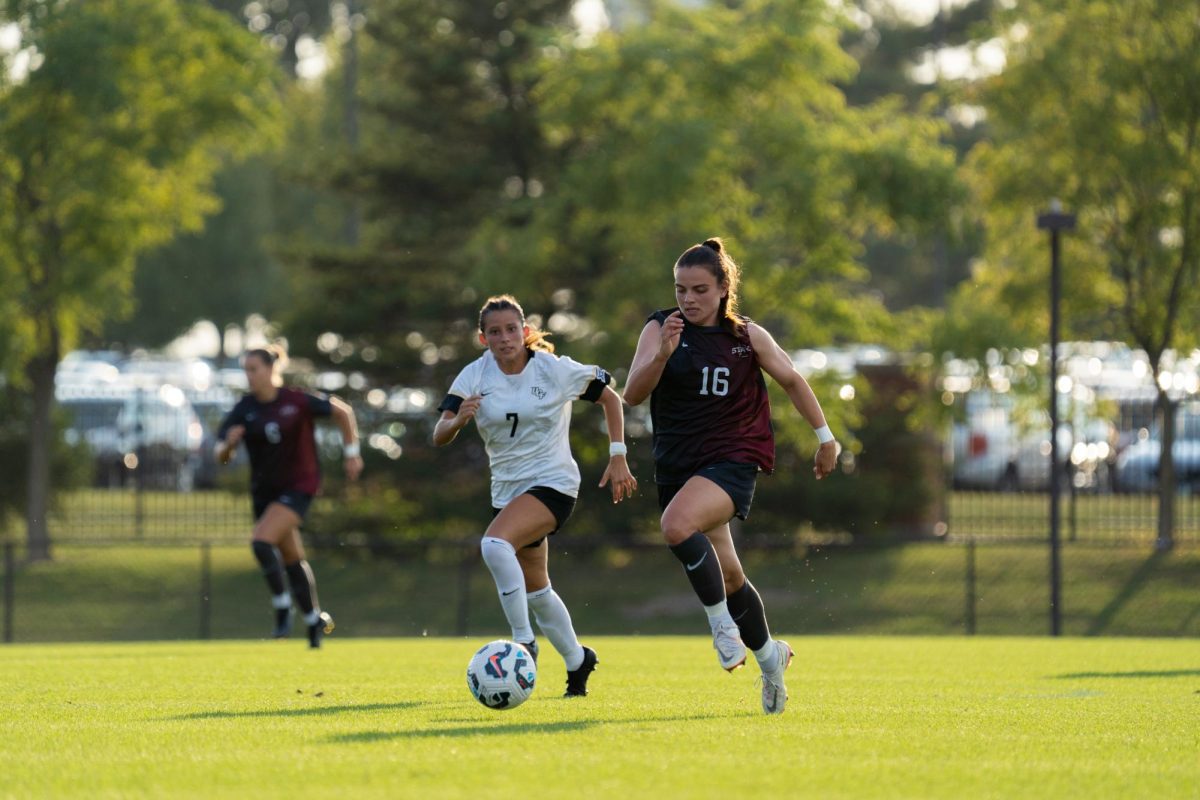Students research Iowa ponds
June 15, 1999
An Iowa State professor and three ISU students have been working on a research project involving pond water in the state of Iowa.
Joe Morris, associate professor of animal ecology, and his team have been testing about 30 ponds throughout Iowa in an effort to find out how to manage existing ponds and how to make successful future ponds. The team is also looking for possible problems that could occur in ponds.
Morris’ research started last summer, and the field work for the project will finish next month. However, the project as a whole will last until the end of the year.
Shannon Whitcomb, graduate student at ISU, travels to various ponds to study the effects of watersheds on ponds. The locations of the ponds vary from ditches to hills to valley, she said.
“We try to measure the proximity of the ponds to the roadways,” Morris said. “Sometimes this determines whether fishermen are invited or uninvited.”
Certain variables come into effect such as the amount of rain fallen in the area, the amount of fish in the pond and the people who fish there, he said.
“As far as rain is concerned, measurements are made [at this point in time] and not on if it will rain tomorrow,” Morris said. “In Iowa, we have a rich watershed as far as fish are concerned, but we want to improve the watershed and the fish.”
Lake Laverne has also been tested in this experiment and for various other things.
According to John Downing, professor in aquatic ecology and animal ecology, the ever popular ISU lake is visited about every two weeks by students for experimenting purposes.
“Laverne has improved a lot over past years,” he said. “There are dozens concerned about the well-being of Lake Laverne, but nothing has been put into action. Only ideas have been brought up.”
Downing explained a new aeration process which helps the lake to self-clean.
“Oxygen goes into the lake which breaks down the muddy parts in the water,” he said.
Downing specializes in limnology, the study of surface water.
“Laverne is in pretty good shape,” Downing said.
He said the lake has been tested for bacteria and has never had a large number found.
“It’s actually quite a bit cleaner than other lakes that have been tested in the area,” he said.






